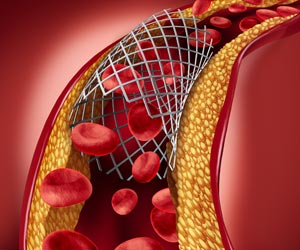Doing the activities that leave you out of breath could help boost your fitness levels, finds a new study.

‘Incorporating those kinds of activities that leave you out of breadth into routine activities a few times a day will see significant health benefits for the majority of adults.
’





"Regular incidental activity that gets you huffing and puffing even for a few seconds has great promise for health," said Emmanuel Stamatakis, Professor of Physical Activity, Lifestyle and Population Health in the University of Sydney's Charles Perkins Centre and School of Public Health.In an editorial, published today in the British Journal of Sports Medicine, Stamatakis and colleagues argue that when considering differences in physical capabilities by age, sex and weight, many daily tasks can be classified as 'high intensity' physical activity. That is, the kind of activity that gets you out of breath enough to boost your fitness.
They say incorporating these kinds of activities into routines a few times a day will see significant health benefits for the majority of adults.
For the typical middle-aged Australian woman, 60 percent of whom are overweight and/or unfit activities like running and playing with children at children's pace, walking uphill or riding home from work all expend well over six times as much energy per minute than when at rest, which is the standard measure for high-intensity activity.
The authors suggest over the course of the day these activities could be used in the same way that the popular high-intensity interval training (HIIT) works by repeating short sessions of high-intensity exercise with rests in between.
Advertisement
The authors propose that significant health benefits could be gained by doing three to five brief HIIPA sessions totaling as little as five to 10 minutes a day, most days of the week.
Advertisement
"The beauty of HIIPA and the idea of using activities we are already doing as part of everyday life is that it is much more realistic and achievable for most people.
"The time commitment for HIIPA is close to zero minutes per day, and people could save even more time if their HIIPA involves brief walking sprints, or taking the stairs instead of waiting for the lift.
"Other practical advantages are nil costs, no need for equipment and no concerns about a lack of skill or fitness.
"It's just about making good decisions like parking the car at the edge of the carpark and carrying shopping for 50 or 100 meters."
The editorial, co-authored by academics from the University of Sydney, Loughborough University, University College London, Norwegian University of Science and Technology, and the National Research Centre for the Working Environment (Denmark), was prompted by recent changes to the 2018 US Physical Activity Guidelines, the most comprehensive review of physical activity and health.
In a significant change, the requirement that physical activity occurs in bouts of at least 10 minutes was eliminated from the guidelines - a change Professor Stamatakis said is very welcome considering there was never any scientific basis for the requirement.
Source-Eurekalert














